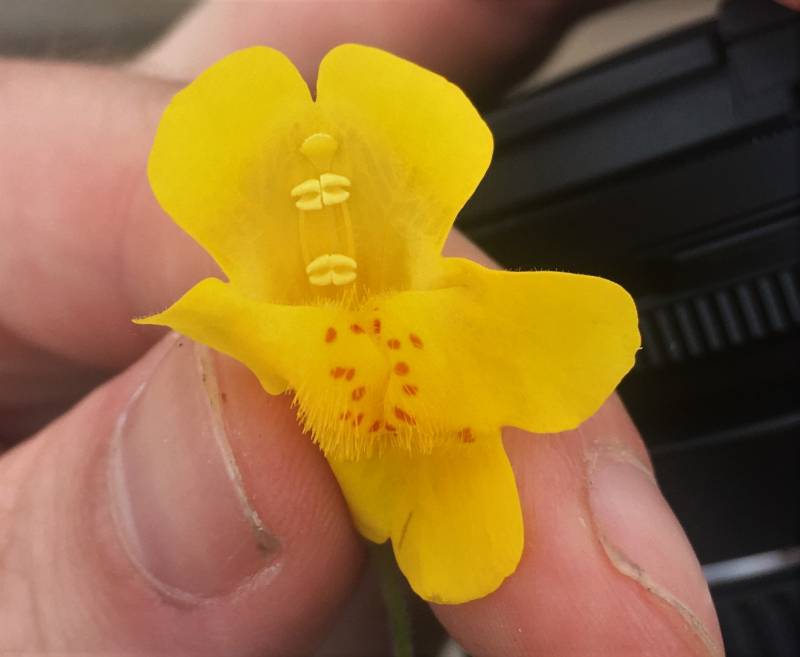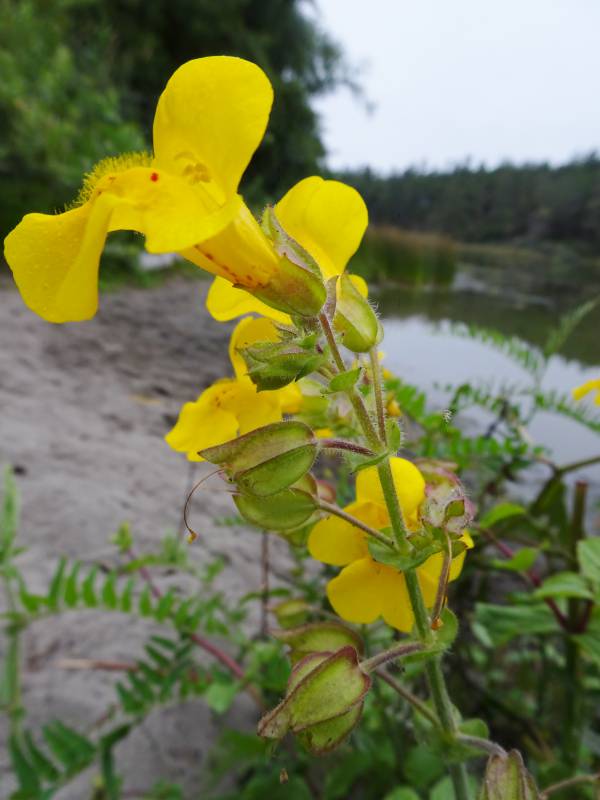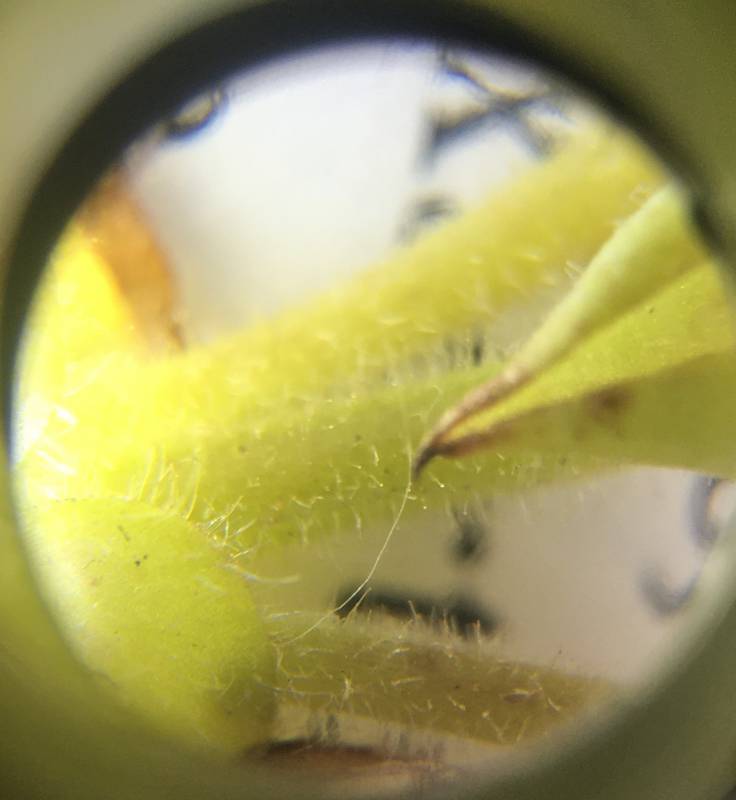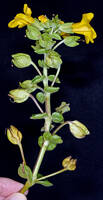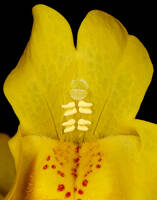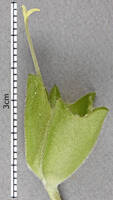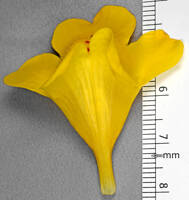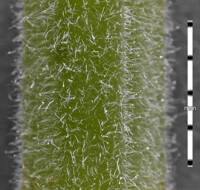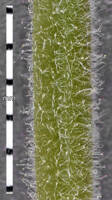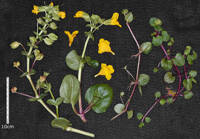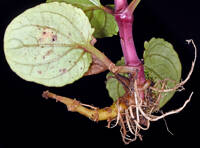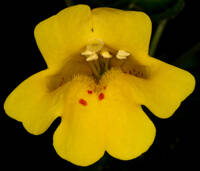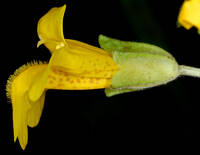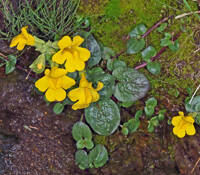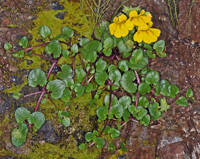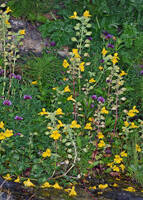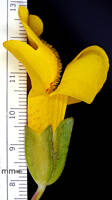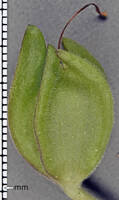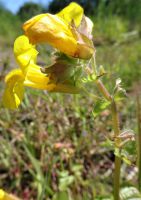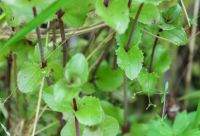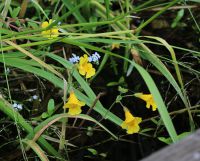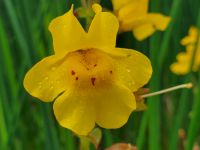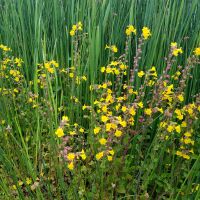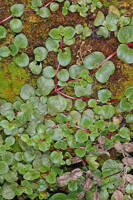Distribution: Occurring west of the Cascades crest in Washington; Washington to California.
Habitat: Coastal areas including bluffs, dunes, wet cliff faces, marshes, ditches, lake and pond margins, and stream banks.
Flowers: May-August
Origin: Native
Growth Duration: Perennial
Conservation Status: Not of concern
Rhizomatous perennials, occasionally rooting at nodes nearest base; stems usually 50-120 cm, erect or decumbent basally, branched, commonly hollow, densely hirsute to soft-hirtellous to long-hairy, hairs often crinkly, glandular or not, or sometimes villous-glandular without hirtellous hairs.
Leaves basal and cauline, basal leaves generally not persistent; petioles 10-80 mm, becoming reduced distally; blade ovate to broadly elliptic, 25-60 mm long and 20-40 cm broad, palmate or nearly pinnate venation with 5-7 veins, base truncate to nearly cruneate to nearly cordate, margins crenulate to toothed, occasionally sublyrate near base, apex rounded to obtuse, surfaces of distalmost leaves hairy as stems.
Inflorescence racemose, bracteate, flowers 8-26; fruiting pedicels 10-35 mm, hairy as stems; calyx straight-erect or nodding at 45-100 degrees, ovate to bell-shaped, inflated, compressed along sagittal plane, 15-22 mm, hairy as stems, throat closing; corollas yellow with red spots inside, symmetric bilaterally, bilabiate; tube-throat widely funnel-shaped, 16-24 mm, protruding 10-15 mm beyond calyx margin, limb widely expanded; styles hirtellous; anthers not protruding, glabrous.
Capsules 8-12 mm, included.
Publication: Phytoneuron 2012-39: 43. 2012.
PNW Herbaria: Specimen records of Erythranthe grandis in the Consortium of Pacific Northwest Herbaria database
WA Flora Checklist: Erythranthe grandis checklist entry
OregonFlora: Erythranthe grandis information
E-Flora BC: Erythranthe grandis atlas page
CalPhotos: Erythranthe grandis photos

